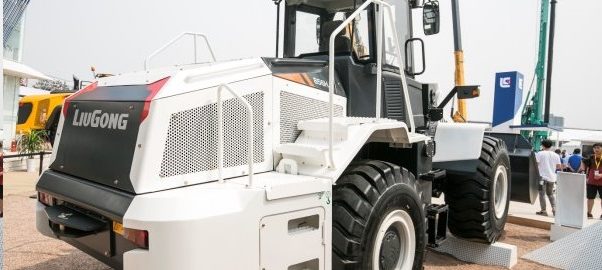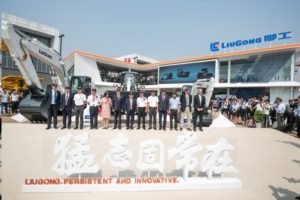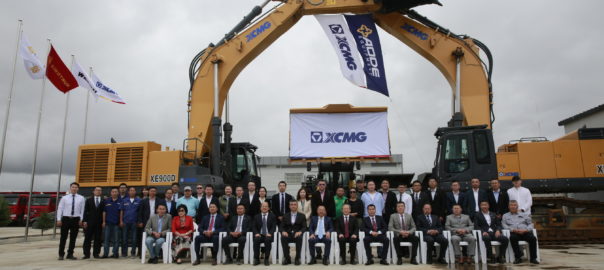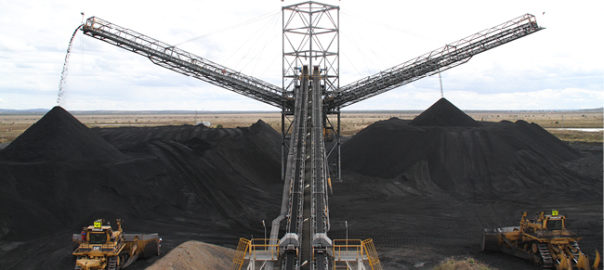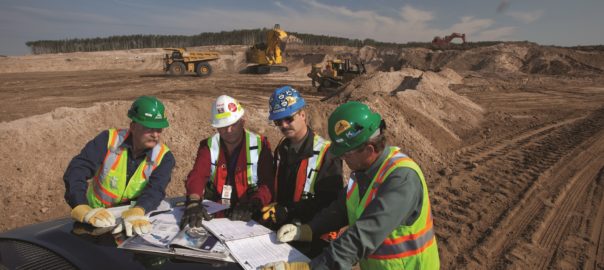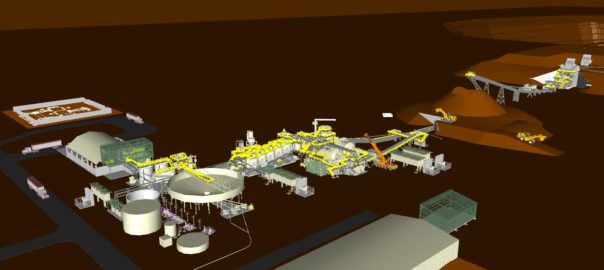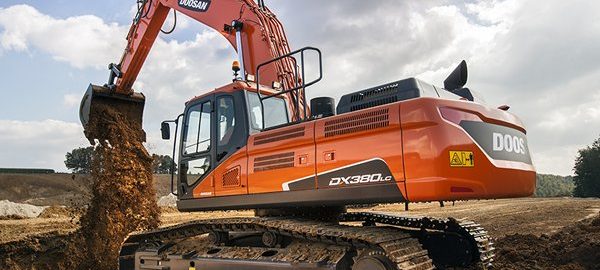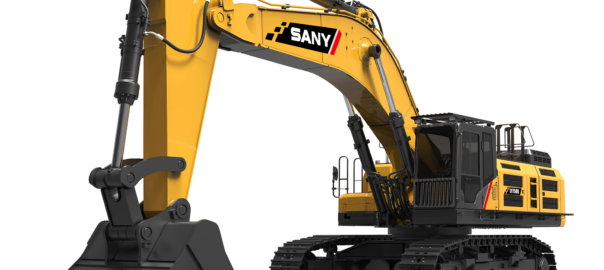Austin Engineering has placed second overall at the 2019 Swedish Steel Awards, at the same time as its two-piece excavator bucket was awarded the Peoples’ Choice Award at the event.
First awarded in 1999, the Swedish Steel Prize is an international award for companies, institutions and individuals in the steel industry. The prize, owned by SSAB, has for 20 years been recognising and rewarding those that have developed a method or product that fully utilises the potential of high-strength, wear resistant and other premium steels.
An independent professional jury assesses the entries by considering their applicability, profitability, environmental benefits, performance, innovation and creativity.
The jury said: “Austin Engineering has taken a significant leap in innovation for the design and maintenance of excavator buckets. With a modular approach, they have developed an innovative concept that combines low weight with optimal use of the complete product before scrapping. The solution utilises the characteristics of high strength and wear resistant steel and has extremely low barriers for implementation.”
Designed and manufactured in Australia by Austin Engineering, the two-piece bucket features a reusable upper section and a consumable lower segment designed for quick and safe bucket change-outs during scheduled maintenance intervals.
The reusable upper section has been designed to maintain overall structural integrity of the assembly for a predetermined service life through multiple change-outs of the lower, consumable, section.
According to the company, typical baseline service life for the upper section service will be in the vicinity of 30,000 hours; around four to five years based on industry expectations of conventional one-piece buckets of similar size and capacities.
Along with Austin Engineering, the finalists in this year’s award included Kampang from Brazil for its feeder modules for axial grain harvesters used in soybean farming, Roofit Solar from Estonia for its metal solar roofs that produce electricity and the US-based Shape Corp (overall winner) for its robust manufacturing process for 3D shaped tubes.
Steel award entries must be a method or product that fully uses the characteristics of premium steel within SSAB’s product range, but does not necessarily need to be steel produced by SSAB, according to the organisers.








